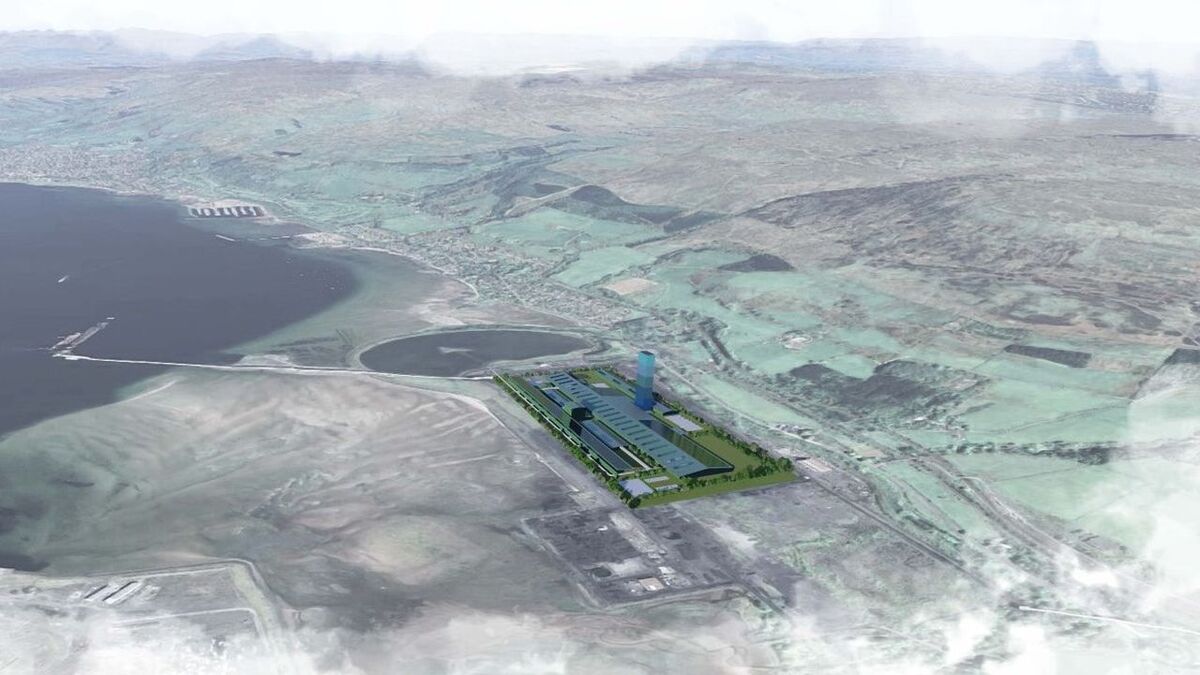North Ayrshire Council Planning Committee has granted planning permission for a high voltage direct current (HVDC) subsea cable manufacturing facility that XLCC intends to develop in Hunterston, Scotland
Once fully operational, the facility could support up to 900 jobs in the area, with thousands more in the wider supply chain. XLCC is led by former EY Entrepreneur of the Year award winner Simon Morrish, who was founder and chief executive of Ground Control and Levitate Capital. Mr Morrish is an experienced investor in businesses and projects related to the electrification of energy and transport.
XLCC has previously stated that the facility will produce XLPE (cross-linked polyethylene) coated HVDC subsea cable for use in interconnector projects and export cables for offshore windfarms. Cable testing and certification will take place in 2023 and 2024, with the first cable lengths being produced from 2025 ready for deployment to client projects.
XLCC’s first order is for four 3,800-km cables to connect solar and wind renewable power generation in the Sahara to the UK for the Xlinks Morocco-UK power project.
XLCC project director Alan Mathers said, “We look forward to delivering a factory of great local and international importance for HVDC subsea cable. The site at Hunterston will play a key role connecting cheap, green energy from renewables projects around the world.”
To support a recruitment drive in the local area, XLCC is working in partnership with Ayrshire College to increase the number of performing engineering operations courses available to prospective students across Ayr, Kilmarnock and Kilwinning campuses. Additional course content will be provided by MarCable Consulting and will deliver cable manufacturing fundamentals.
In March 2022, Salt Ship Design completed concept design of a new cable-lay vessel for XLSS. The company describes the vessel as “one of the most advanced, dedicated, cable-laying vessels in the world.”
XLCC wants the vessel to be delivered by the end of 2024. It claims the proposed design is markedly different to existing cable-lay vessels and will deliver greater operability, will be more economical to run and will be cheaper to build compared to conventional designs. The vessel will have an overall length over 200 m and a payload in excess of 20,000 tonnes.
A key requirement of the design brief was that the vessel must be prepared for alternative fuel options to improve its carbon footprint. The final design will include options for alternative green fuels without hindering the overall operating capabilities of the vessel.
The vessel will operate from the new cable manufacturing factory. XLCC has stated that it is also hoping to build a cable manufacturing facility in Wales, at Port Talbot.






